Flowers give us vibrant pops of colour in our garden and beautiful centerpieces for special occasions — but it’s easy to forget that they can provide us sustenance, too. Flowers are plants, and some plants are edible — even delicious. That’s why horticulturists like Alexis Nikole, known as the Black Forager, are showing us how many of the flowers we love could also adorn our salad bowl or sauces.
Some flowers taste sweet, like violas; others are citrusy, like marigolds. Here are 14 of our favourite edible flowers.
Zucchini blossoms
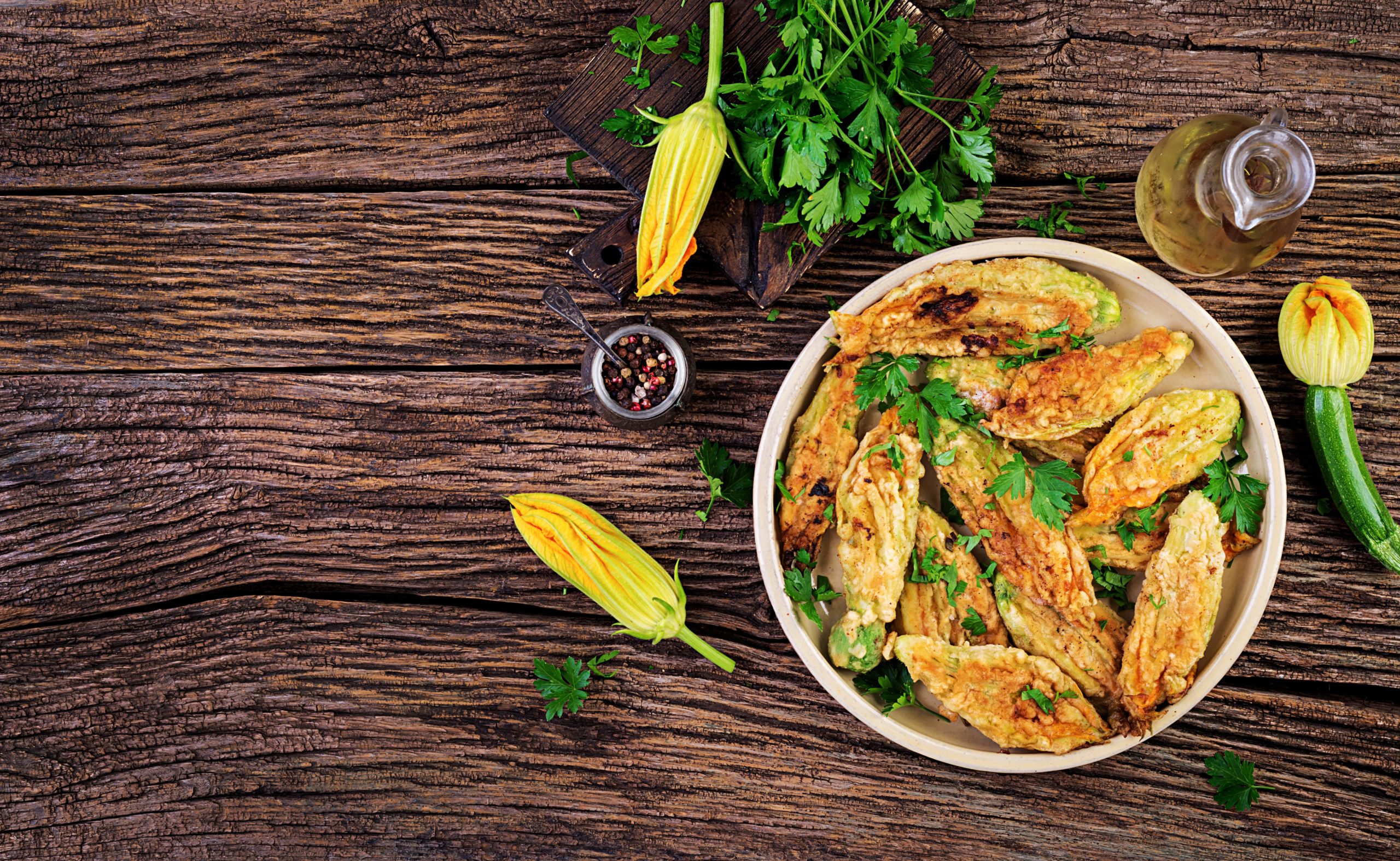
Also called squash blossoms, zucchini blossoms are the flowers from zucchini plants. The flowers themselves taste a bit like squash and can be prepared in a variety of ways. They can be cleaned and eaten raw or sautéed. Cooking site Kitchn suggests stuffing and frying them, and it’s hard to argue with that.
Nasturtium
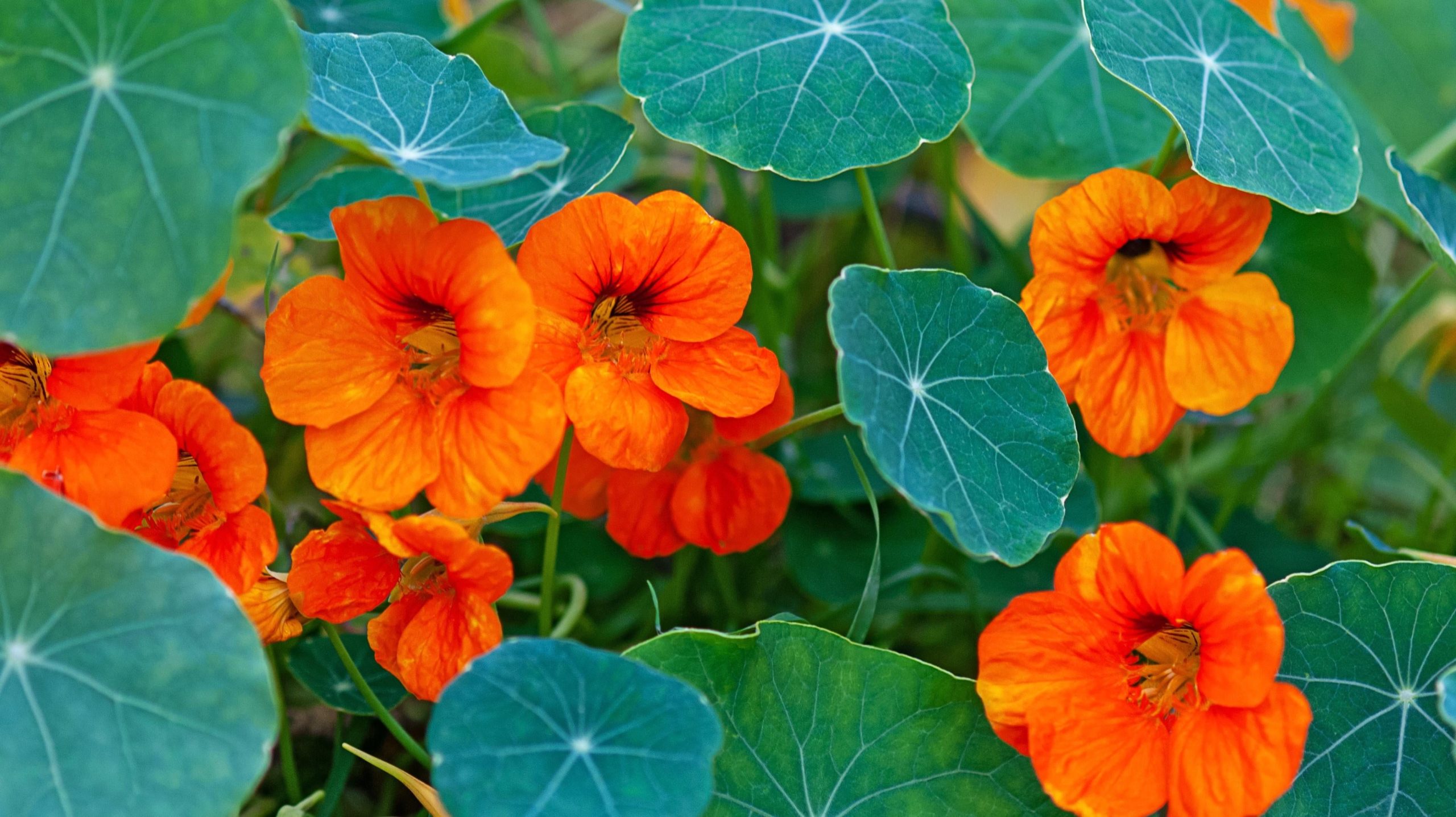
Nasturtium plants have flat vibrant green leaves with bright red flowers. Both the leaves and flowers are edible and boast a spicy peppery flavour. These plants can be chopped up and made into sauces or eaten raw in salads. You can also toss them into cooked dishes, but Gardening Know How suggests adding them late in the cooking process to avoid overcooking them, which would be shame.
Pansies and violas
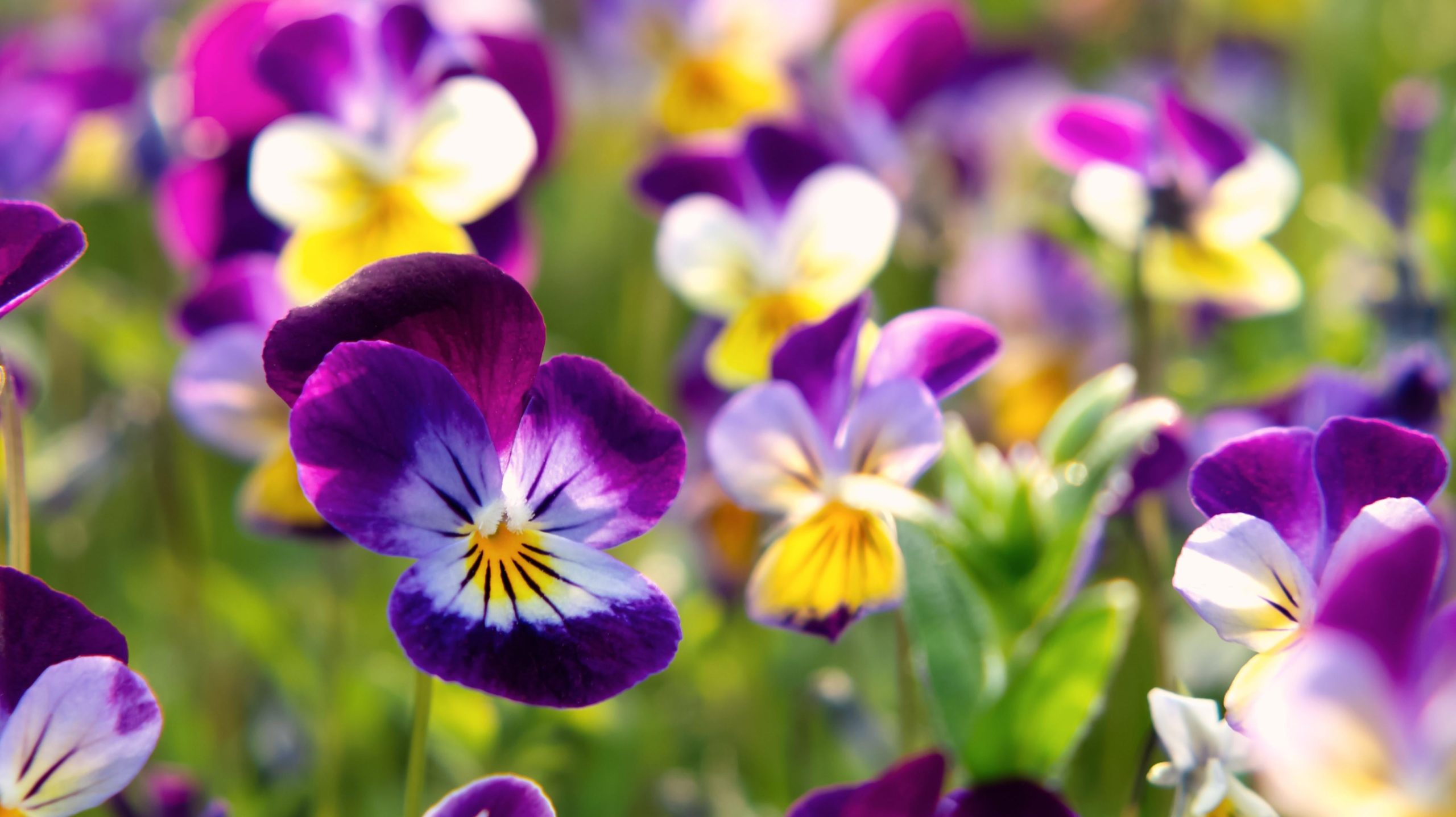
Pansies and violas petals have a velvet feel and come in a variety of colours, including yellow, purple, white, and pink. Pansies are derived from violas, so they are in the same family, and both have a taste reminiscent of a subtle vegetable flavour that is a versatile addition to any dish. They taste great in savoury dressings and sauces — such as this wildflower-infused vinegar — but they also make a compelling sweet treat when candied or baked atop shortbread cookies.
Calendula
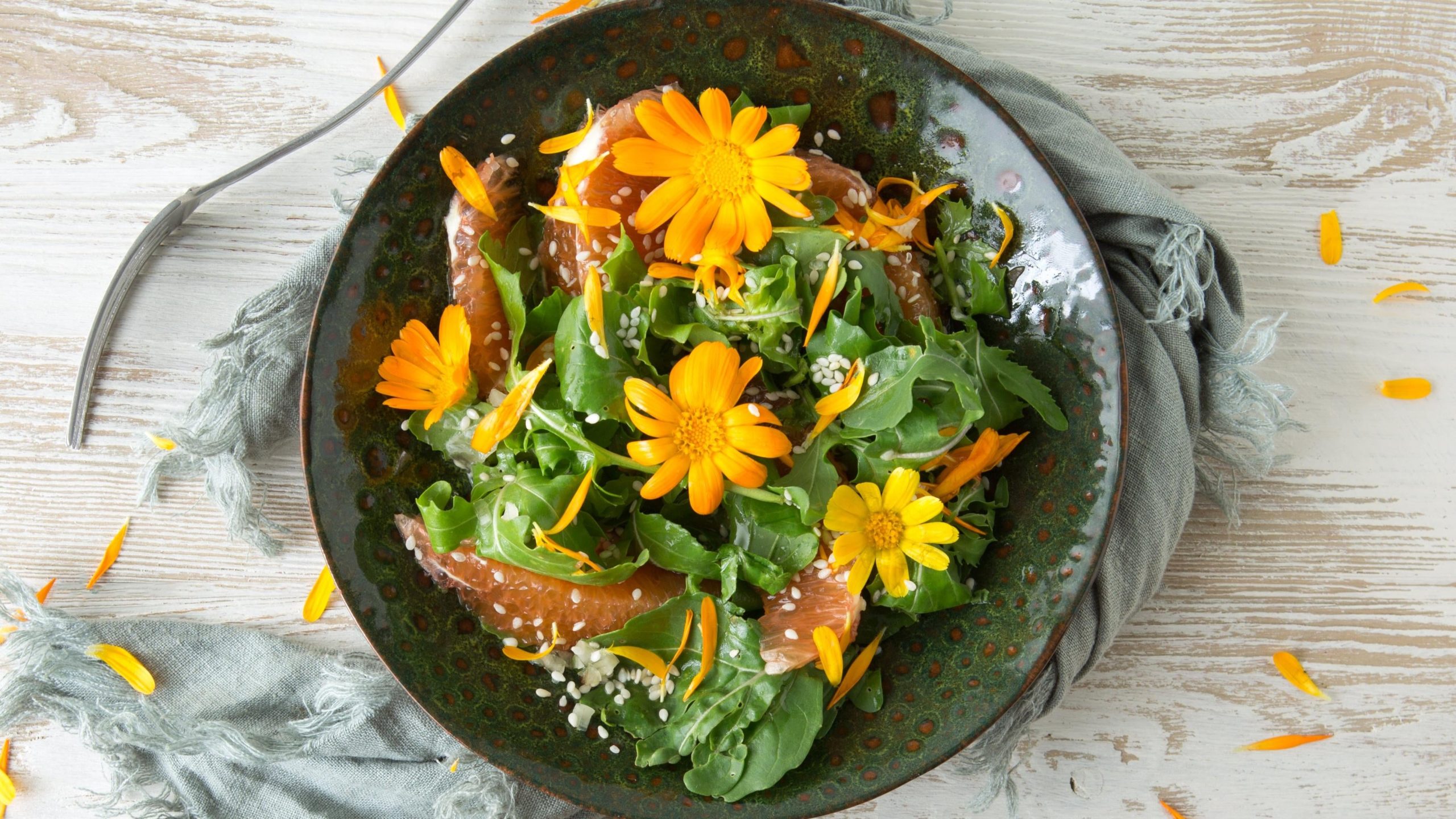
With their bright orange colouring, calendulas have a tangy, bitter-tasting flavour. The flower heads and petals can be harvested for salads, but they can also used for cheese colouring and as a garnish.
Pineapple Guava
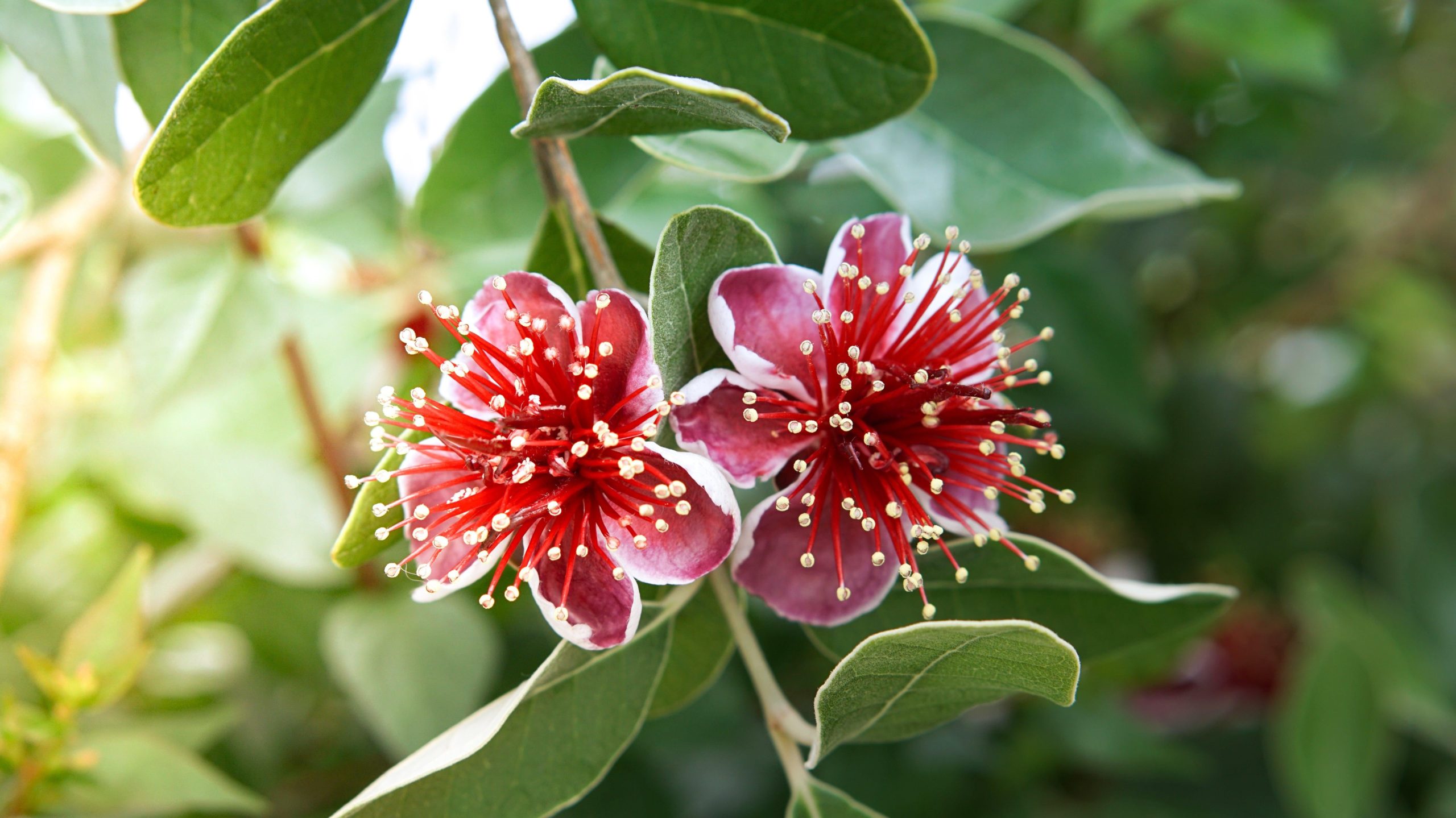
Don’t let the name fool you; pineapple guava is not solely a fruit. The fruit-bearing plants also bloom white flowers with a dark red centre full of little stamens. The flowers taste similar to papaya or melon, perfect for salads and ice tea, and in the fall, you can enjoy their ripe fruit along with the tangy, sweet flowers.
Primrose
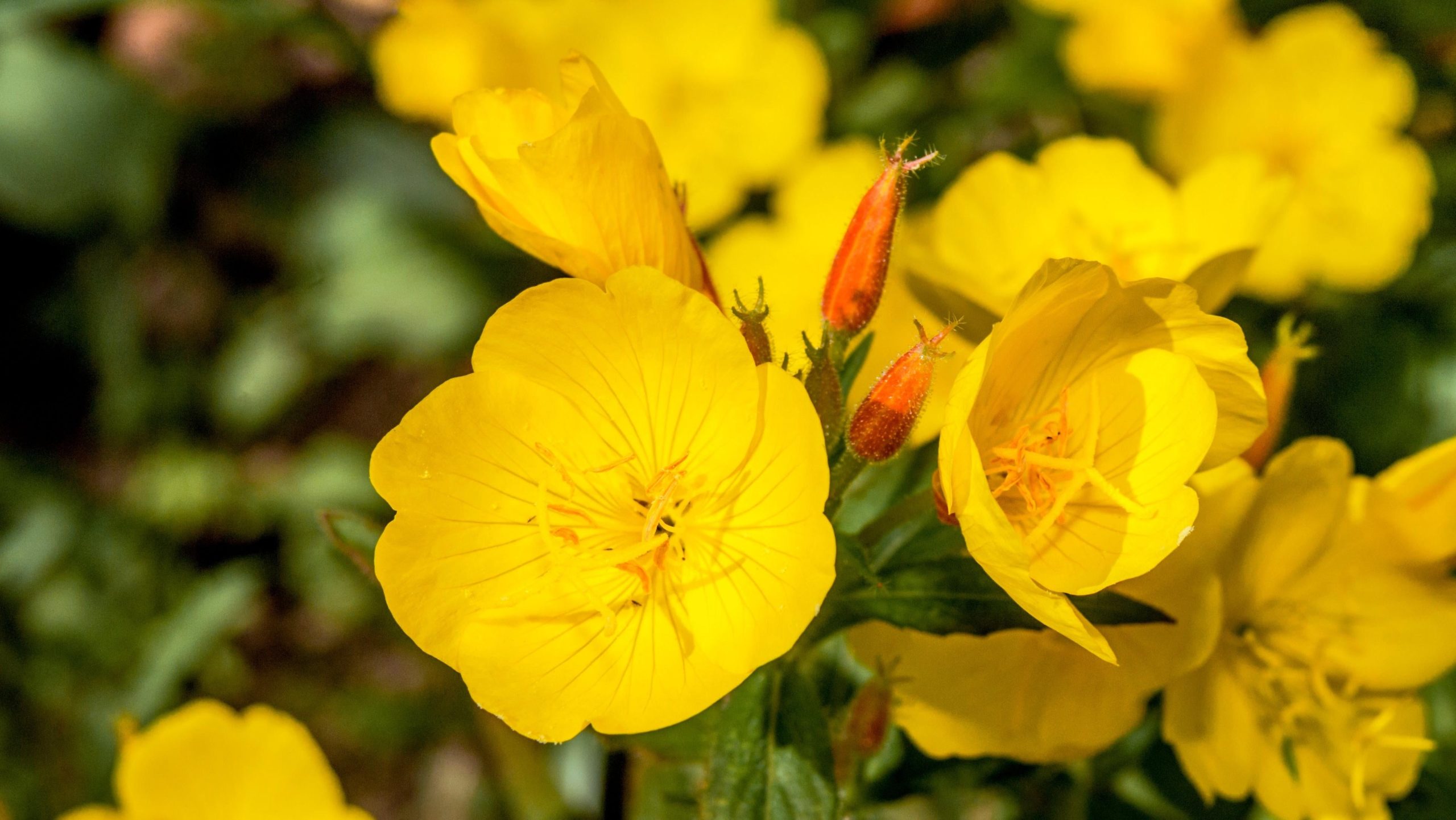
Primrose flowers or cowslip come in shades of pink and yellow with delicate soft petals. The subdued flavour allows them to be used in both sweet and savoury dishes. According to What’s Cooking America, these flowers can be fermented into wine, cooked like vegetables, and the buds can be pickled for eating.
Roses
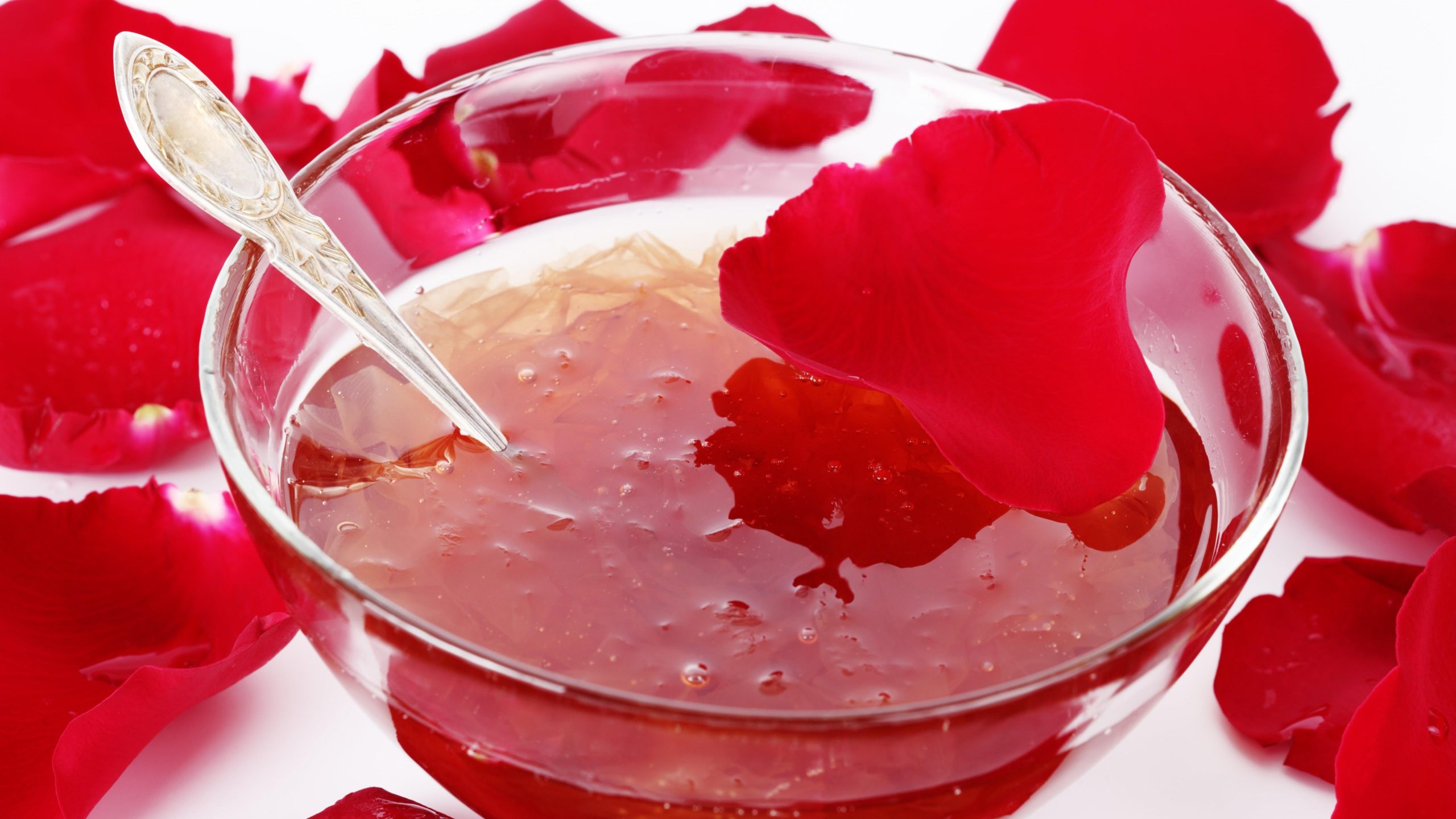
The rose family includes members like almonds, cherries, peaches, and plums — so it’s no wonder roses are edible, as well. In fact, every portion of the rose plant is edible, including the leaves. The petals can be used in salads or candied and added to ice cream, and the buds can be made into teas and sautéed into savoury dishes. Rose hips can be used to make jellies and jams, and the leaves can adorn salads.
Marigold
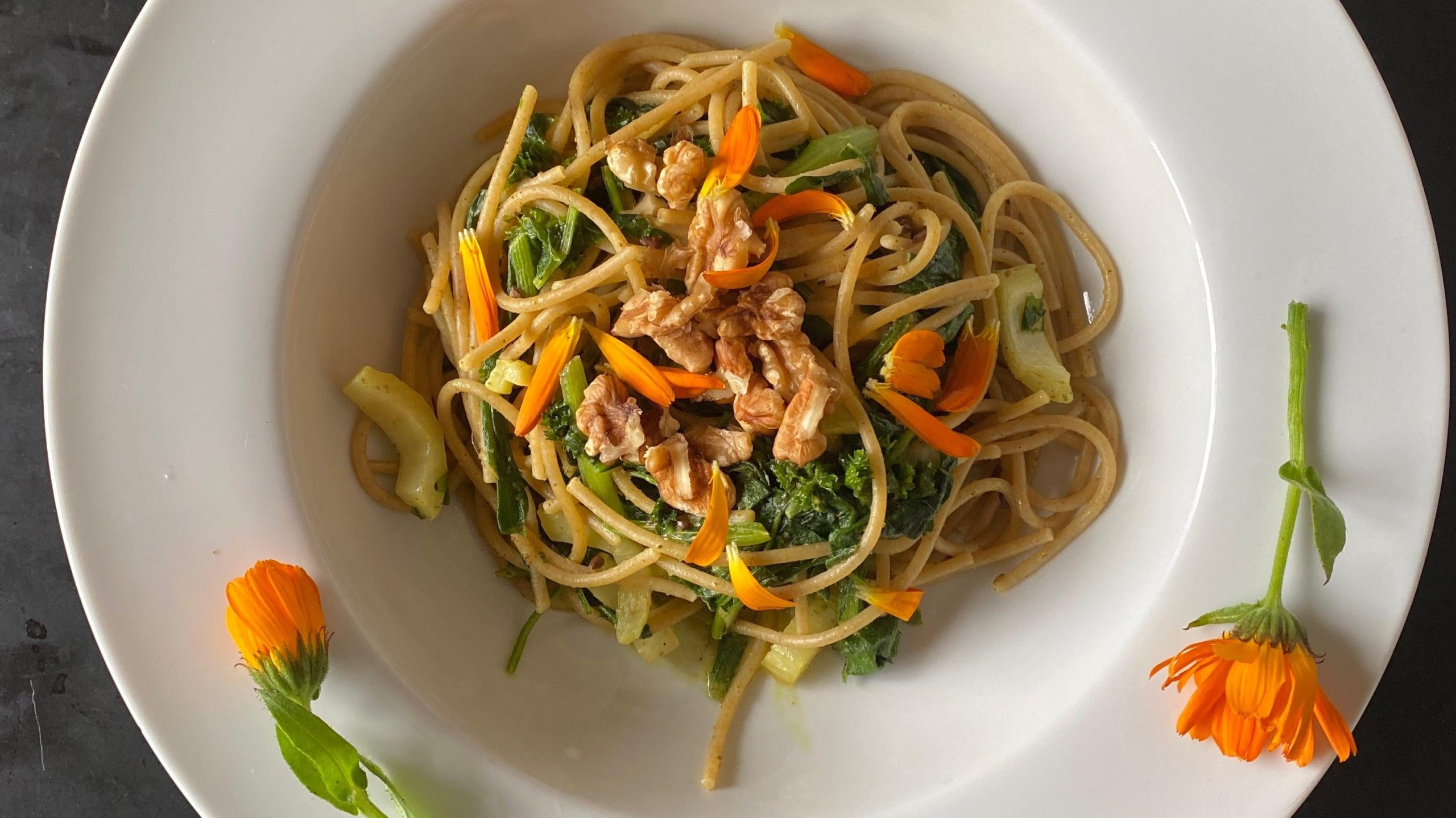
Marigolds are a type of calendula with a deep orange colour; different marigolds boast different flavours, but most hold a citrusy taste that is best enjoyed on salads and in sauces. Marigolds are even considered an alternative to saffron in some dishes.
Lilac
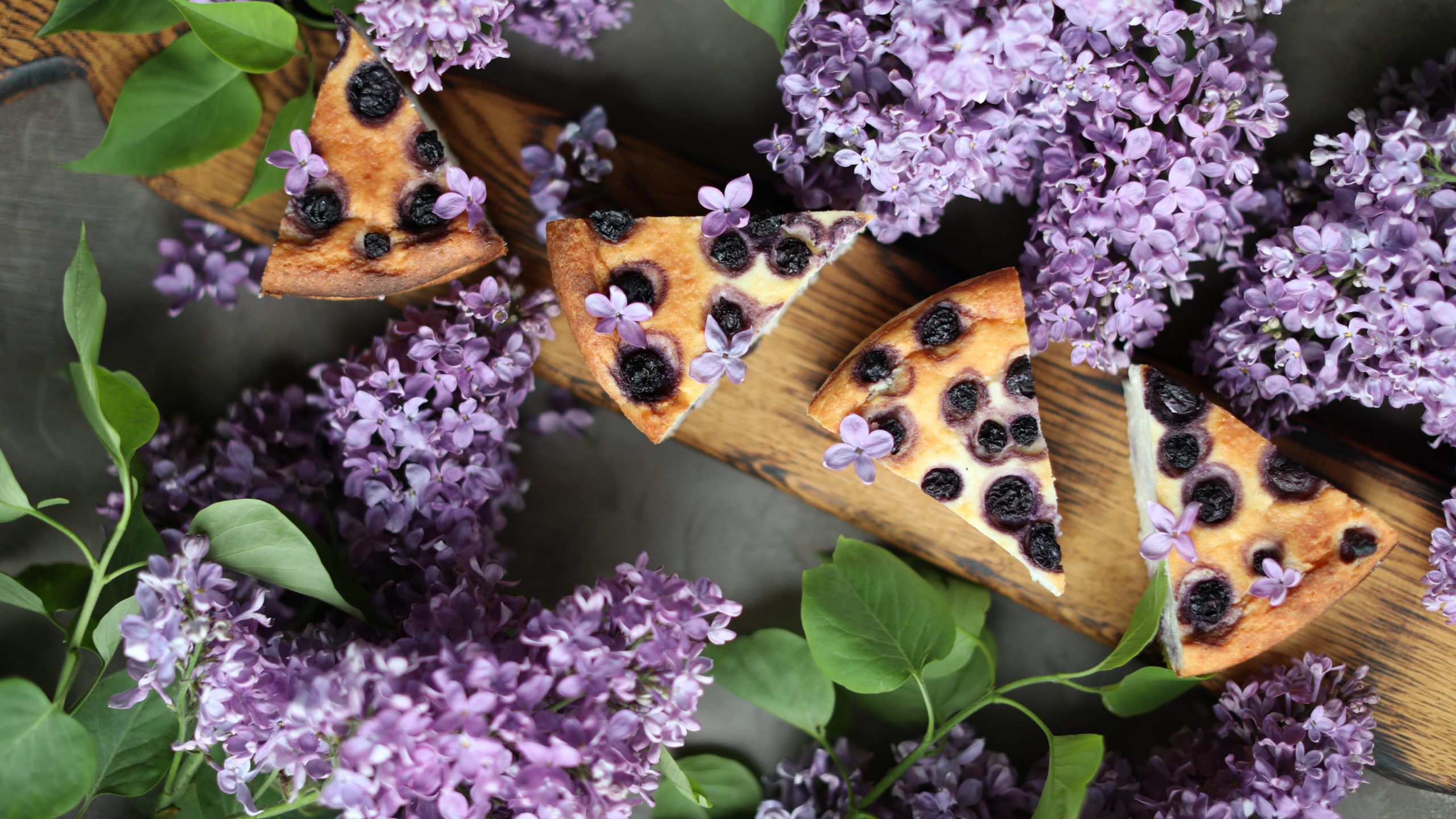
Lilacs are beautiful light purple flowers known for their pleasant aroma. The smell is famously used in candles, lotions, and soaps — but the aromatic flowers can also be eaten. They are best made into dessert treats, but they can also be infused into honey, or made into custard jams, cookies, and puddings.
Dandelions
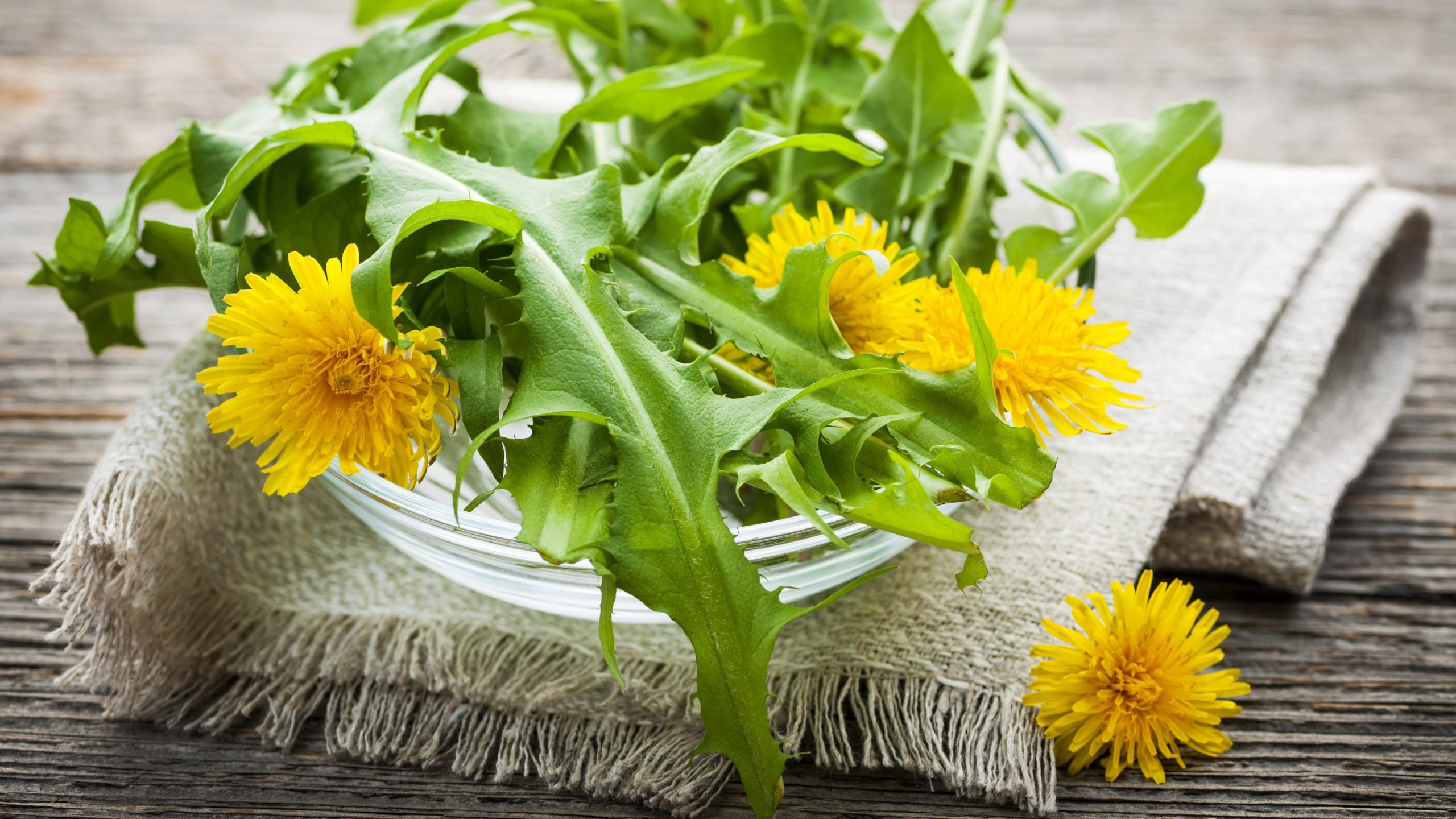
Dandelions are a well-known weed normally removed from lawns, but instead of throwing them out, you should be cooking them up in the kitchen. The flowers are bright yellow and sweet-tasting when young. They only become bitter as they grow older. According to What’s Cooking America, dandelions should be picked when they are “very close to the ground” and the leaves steamed or tossed into salads. The dandelion petals can be garnished over rice, and the full flower can be made into wine.
Clovers
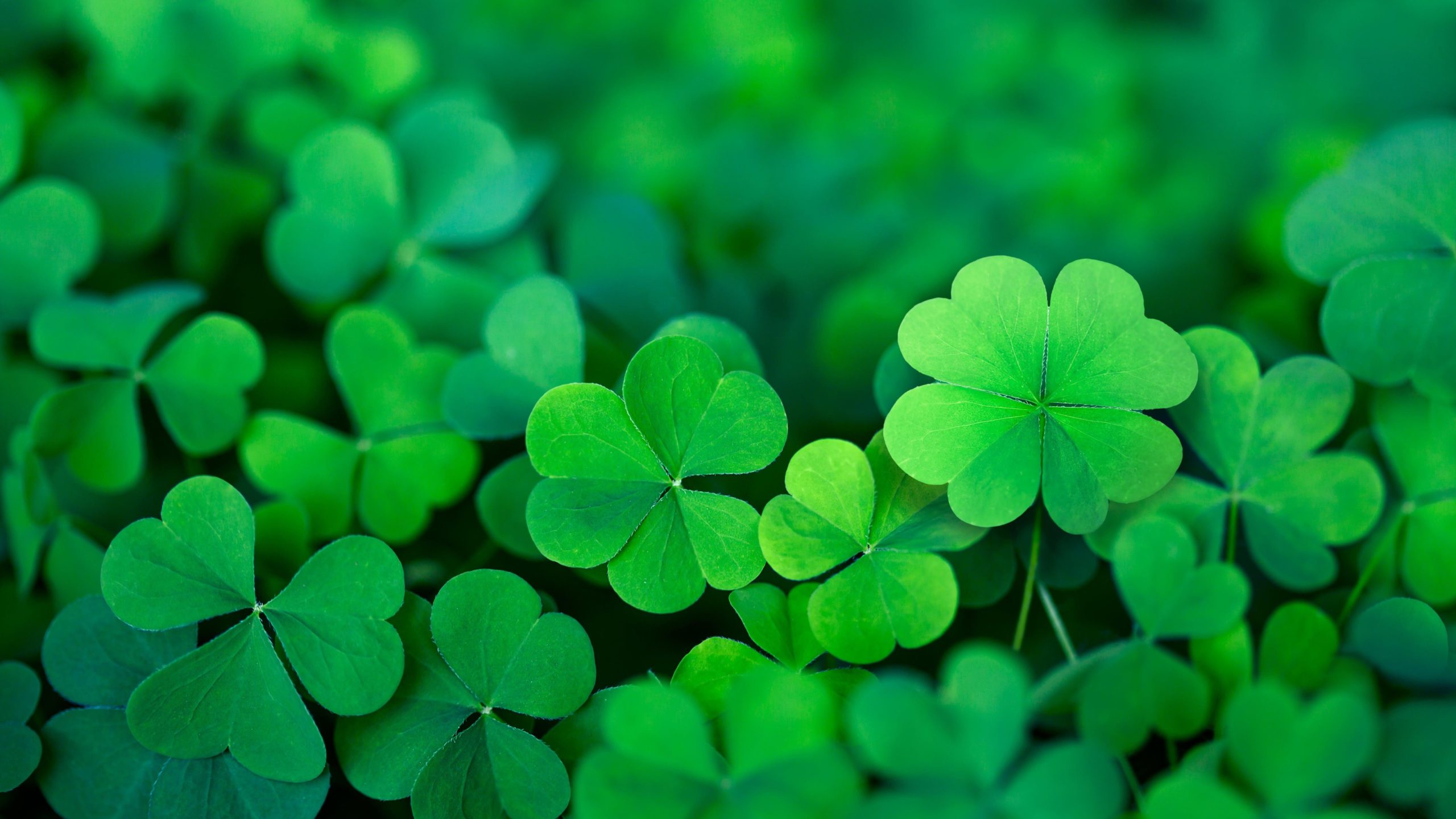
There is more to clovers than being lucky; they are also an edible treat. The small green leaves have a tangy citrus flavour and can be eaten raw (although they’re difficult to digest this way), sautéed, or boiled. The purple flowers that bloom from the red clover plant can also be eaten and taste sweet, like honeysuckle.
Sorrel flowers
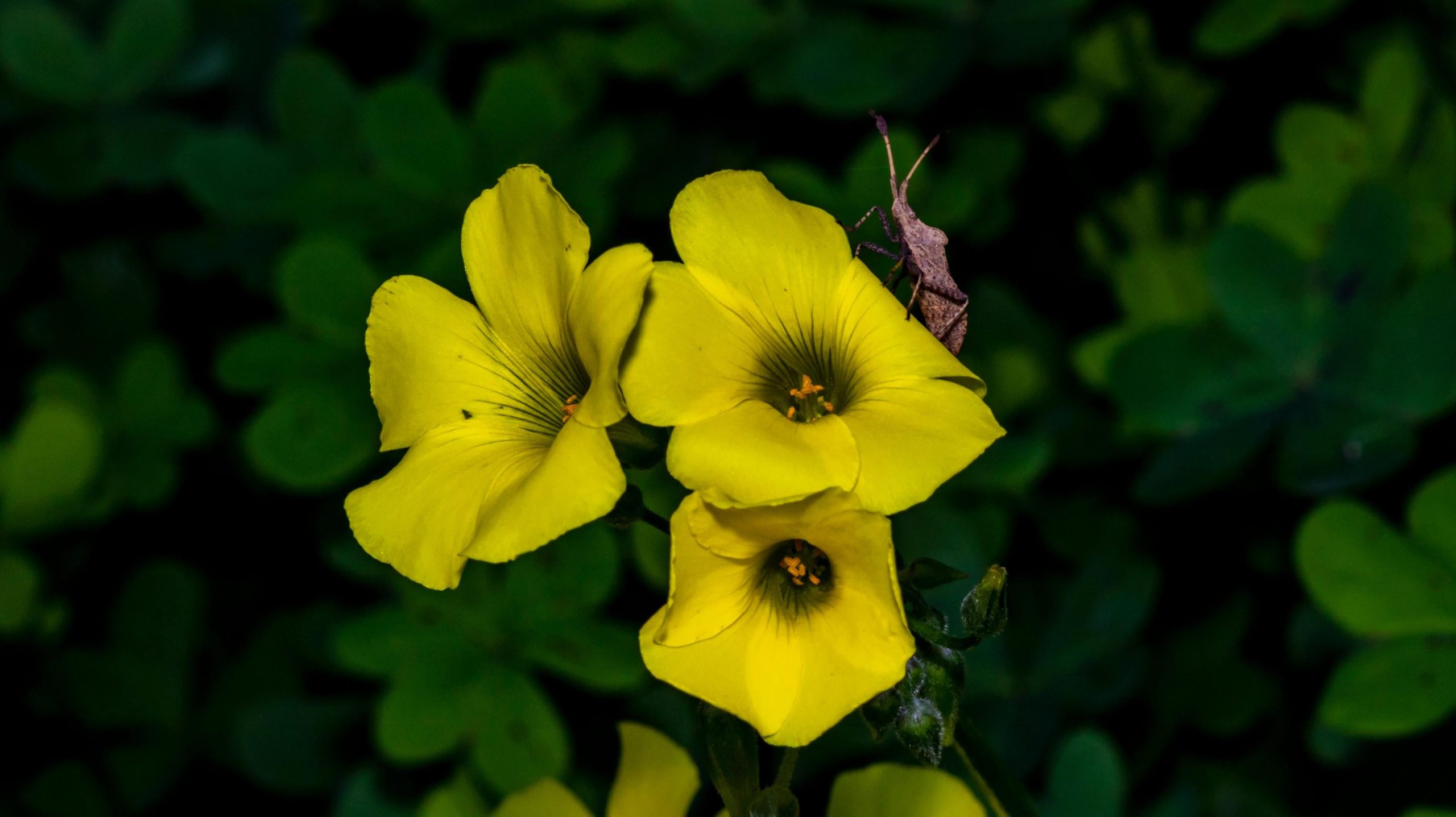
Sorrel flowers (particularly wood sorrel flowers) are small yellow flowers with five petals — and a sour taste akin to lemons. The petals, leaves, and seeds are all edible and make great sauces, soups, and seasonings.
Gladiolus
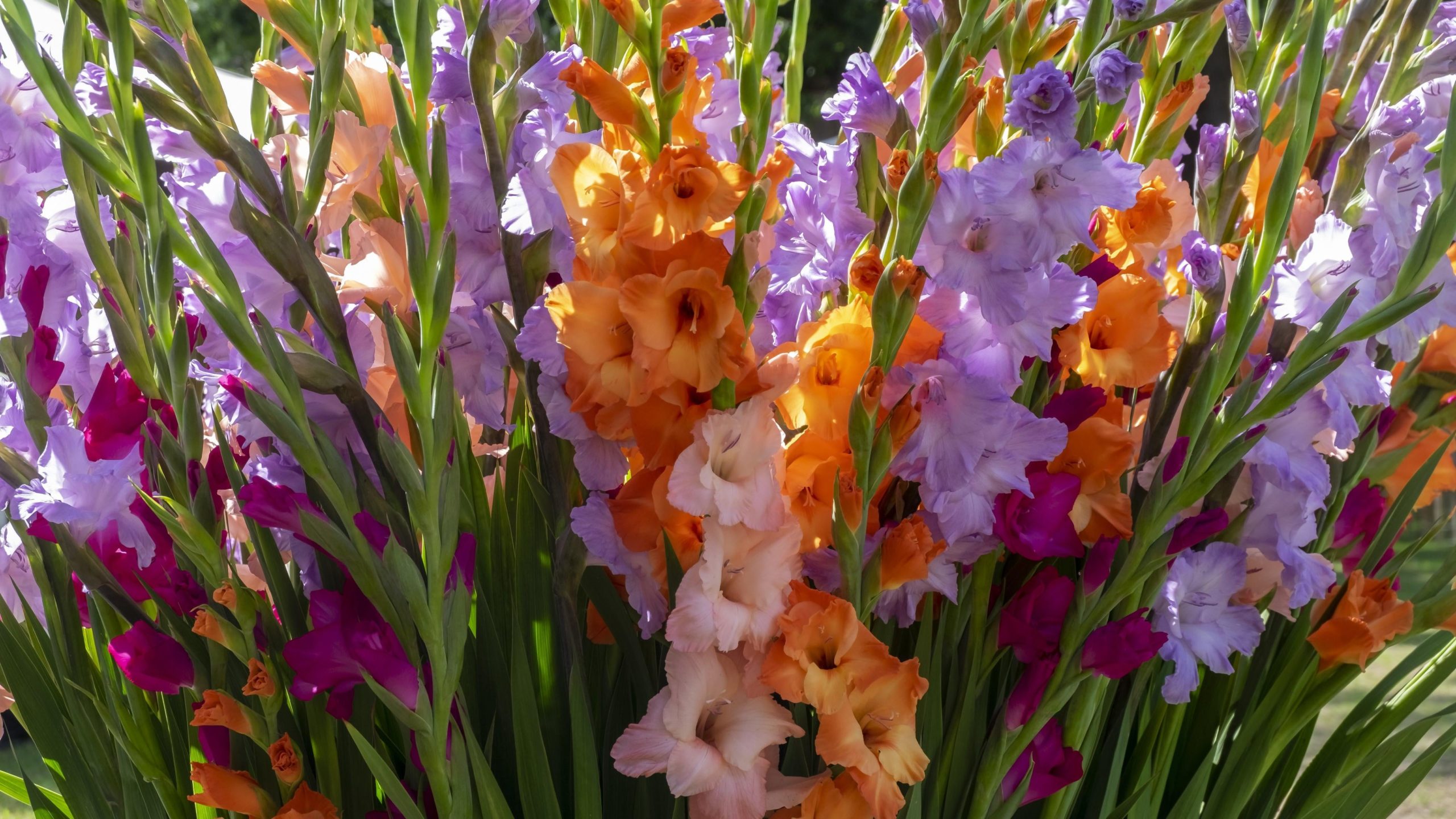
Gladiolus (also known as sword lilies) have a long plant stalk that blooms multiple flowers on one stem. The taste is said to resemble lettuce and make great spreads and mousses both savoury and sweet. As with many edible flowers, they can also be eaten with leafy green salads. Oregon Live’s Daily Home & Garden Tip says the bell shape of the gladiola serves as a perfect edible container for seafood and salsa.
Hibiscus
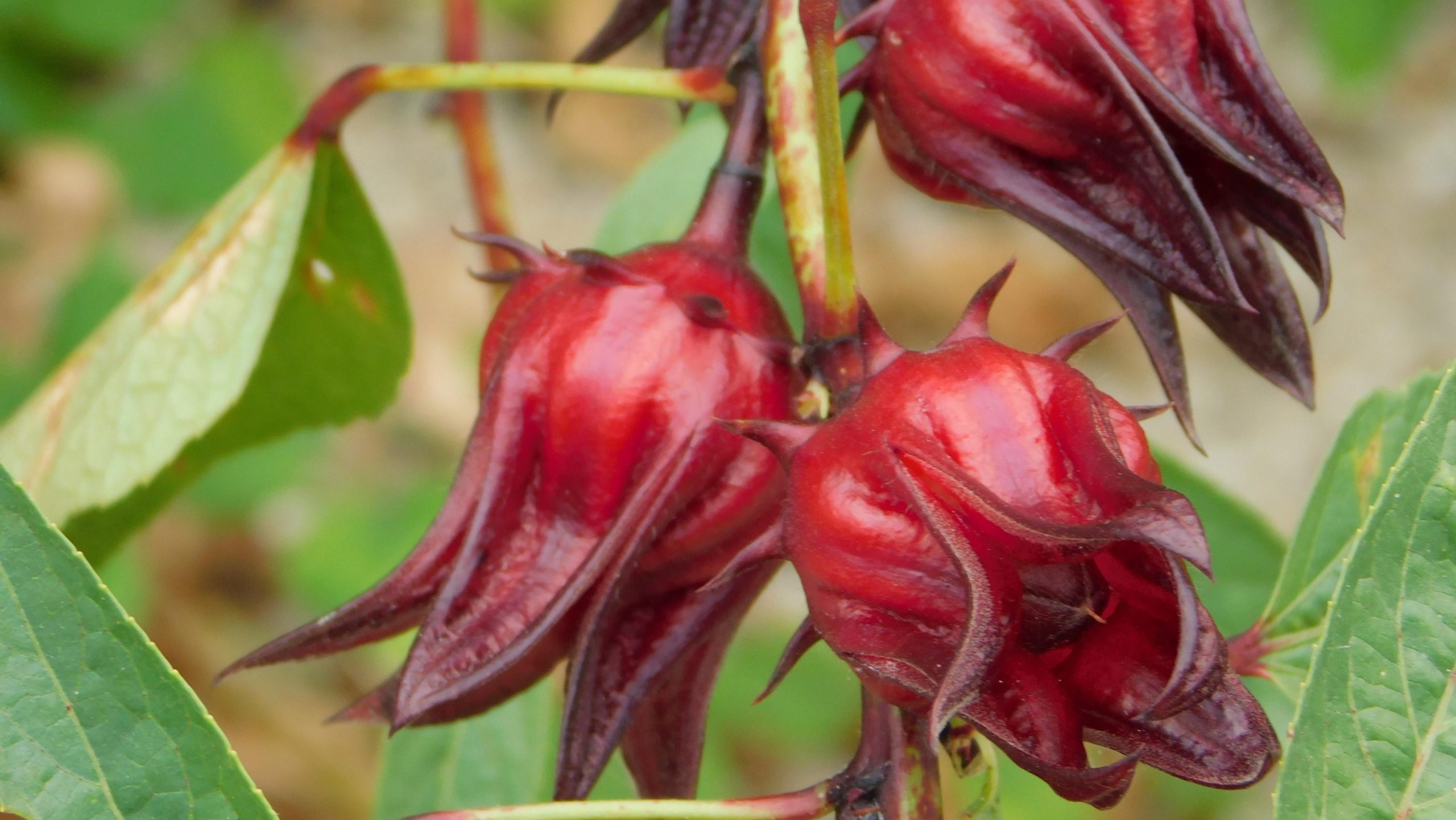
Hibiscus is often seen in the form of tea and refreshing, tangy beverages. The strains of hibiscus we are most familiar with are cranberry hibiscus and Hibiscus sabdariffa, which is used to make Jamaican sorrel drinks. The flowers are light pink with a dark red centre, and after they bloom, they reveal a red waxy bulb called a calyx. The hibiscus calyx has a sour tang similar to cranberries and is harvested for a little while after the flower petals fall. The bulbs can then be cut and the seeds removed to use as needed in sauces, drinks, and even chocolate cake.
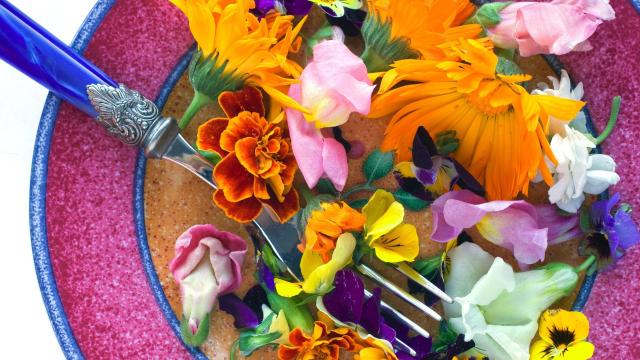
Leave a Reply
You must be logged in to post a comment.